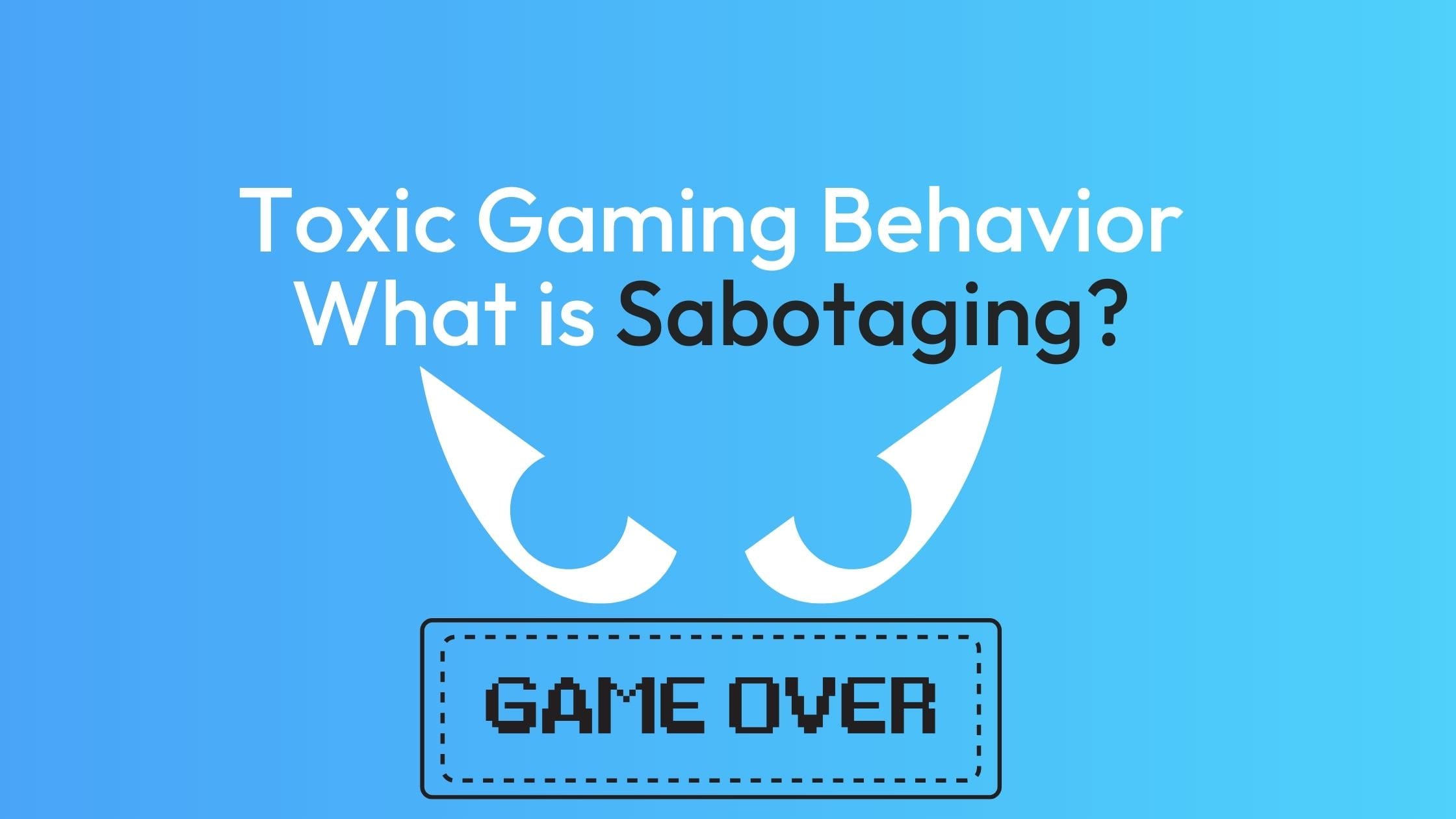Sabotaging in video games, also known as inhibiting teammates, is when you intentionally inhibit the performance of one’s own team. It is when a player plays poorly with the intent to lose the game. There are different forms of sabotaging.

- Blatant sabotaging denotes conspicuous, conscious ways of decreasing or eliminating a team’s chance to win
- Purposeful inaction is to take no action when the player is expected to. These are purposeful inaction behaviors that include AFK, and quitting the game early
- Leaking information is to undermine teamwork that is otherwise unknown to the opposing team
- Intentional feeding is a major type of blatant sabotaging, meaning they intentionally get killed by the opponent team
- Surreptitious sabotaging denotes situations where players intentionally carry out poor performance but pretend to be trying so that they are not perceived as toxic
- Soft inting (intentionally feeding) is to intentionally throw by getting ranked, ignoring team fights, or deliberately missing abilities
Why do players sabotage their team?
Players go out of their way to sabotage their teams to make a name for themselves. Others do it just to upset other players and they get a kick out of ruining other players experience.
What to do?
The best way to deal with a player who is sabotaging is to report them.